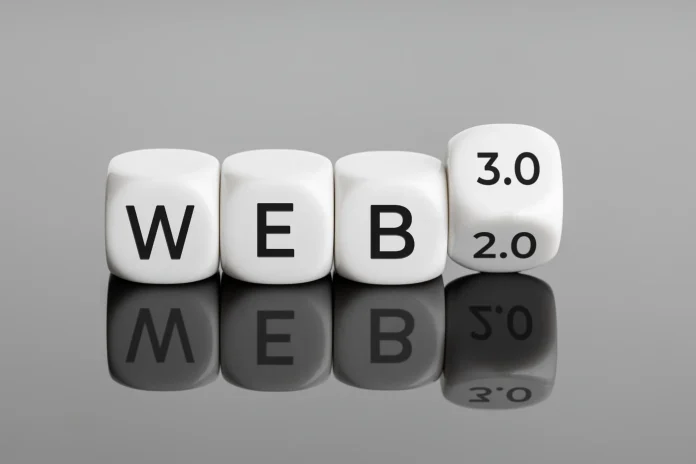Since its foundation in 1991, the internet has changed a great deal. It evolved from Web 1.0. a static domain of actual read-only pages, to Web 2.0, identified by social interactions and dynamic content. And now, we find ourselves in the middle of Web 3.0 design, an era that expands beyond the boundaries and reshapes the digital world.
Web 1.0: Static Era
During this era, the internet was a collection of static pages where users could only consume information passively. It needed more interactive features and social engagement, limiting user engagement.
Web 2.0: Social Revolution
Web 2.0 led the way to the era of social interactions and dynamic content. Social media platforms emerged in this era, enabling fast communication and data sharing. Everyone had access to Smartphones and the internet everywhere, every time. Big tech giants like Meta (Facebook, Instagram), YouTube and X (Twitter) own most of the user data associated with Web 2.0. This centralization of data prompted the need for Web 3.0.
Web 3.0 Design: A New Age of Connectivity
Web 3.0, the embodiment of the next evolutionary phase of the World Wide Web, is poised to revolutionize how we interact with the Internet, offering a more connected, secure, and intelligent web experience. Its decentralized architecture, a cornerstone of Web 3.0 Design, empowers users with greater control over their data and privacy, while its utilization of artificial intelligence fosters seamless and personalized interactions. While Web 3.0 Design is still developing, its transformative potential is undeniable, promising to reshape the digital landscape for years.

Semantic Web:
Web 3.0 understands the meaning behind words, revolutionizing search engines and content analysis. It goes beyond only keywords and dives into the context of user queries.
Artificial Intelligence:
The world is revolutionized with the power of AI; Web 3.0 design comprehends information on a human-like level. Natural language processing allows faster and more relevant search results and personalized user experiences.
3D Graphics:
3-dimensional designs are an integral part of Web 3.0. From captivating virtual experiences to interactive interfaces, 3D graphics enhance user engagement and have become standard practice. Almost anything can be 3D printed, from key chains to brain neural networks.
Connectivity:
Web 3.0 creates a smooth web of interconnected data for user efficiency. Information flows between applications and platforms easily, providing users with more prosperous and inviting experiences.
Ubiquity:
The internet’s reach extends far beyond computers and smartphones in the era of Web 3.0. Internet of Things (IoT) devices, smart appliances and wearable technology contribute to a fully connected world, ensuring accessibility from any device.
Blockchain:
This technology plays a vital role in Web 3.0 design by ensuring data security and user privacy. Decentralized networks powered by blockchain empower users with control over their data, reducing the influence of centralized entities.
Decentralization:
Web 3.0 design adopts decentralization, empowering users with data ownership and secure internet usage. A peer-to-peer interaction, helped by a decentralized network, redefines online interactions and transactions.
Web 3.0 Transforming Daily Life
Remember the time when you couldn’t figure out if you locked the door or not? Web 3.0’s intelligence comes into play at that moment, offering a whole set of instructions and keeping details of all your actions, turning your car into your living room with one touch and showing the required information. It also offers personalized suggestions based on your preferences and real-time reviews. This revolution is not just a vision of the future – it’s our present reality. Web 3.0 design makes the internet smarter, safer and more tailored to individual needs. It took almost a decade for Web 2.0 to revolutionize, so brace yourselves, for who knows how fast Web 3.0 completely takes over.



